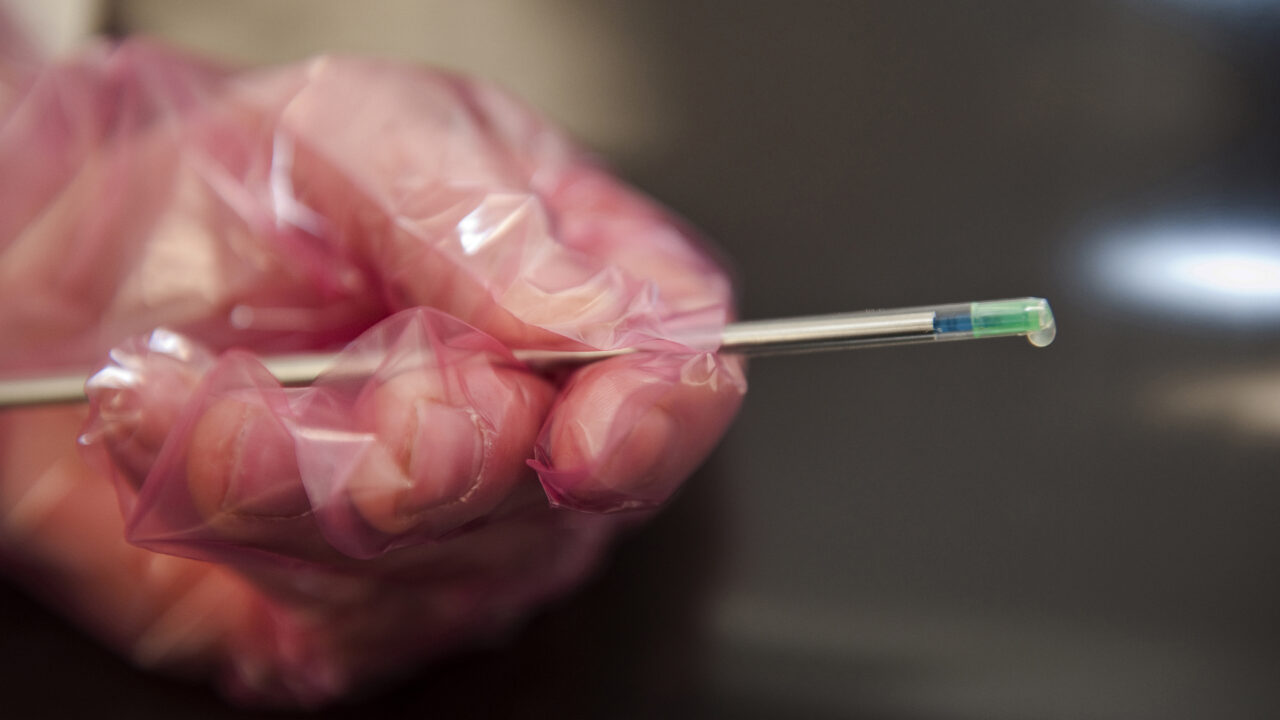The use of sexed semen on Irish farms continues to grow, but is it for everyone or has it come too early for some herds?
Sexed semen has become and will continue to be a useful tool to improve the genetic potential of the national herd and to reduce the number of low value dairy-beef calves.
However, sexed semen is altered and can be somewhat damaged – which can result in reduced fertility performance if it is not used correctly.
Sexed semen
To determine whether or not sexed semen is for your herd, you firstly need to look at the fertility performance and genetic potential of your herd.
It should be discussed with your breeding advisor whether or not your herd may or may not be suitable for sexed semen.
There is likely going to be some cows or heifers that will be suitable, but there will also be a number that are not.
In some cases, the fertility performance of the herd may not be high enough to justify the use of sexed semen.
Its use could result in low conception rates being achieved on farms, and calving patterns on the farm slipping further.
In cases like this, the continued use of conventional semen should remain for now until the fertility levels in the herd improve.
It may be possible to use sexed semen on the heifers in a synchronisation programme, but this should be discussed with your vet and breeding advisor.
It may also be worthwhile looking at culling out some of the later calving or older cows and bringingin high genetic merit animals to replace them.
Buying stock
For herds where genetics are not where they need to be, the purchasing of high genetic merit animals may be the best option.
Obtaining genetic gain through breeding takes a long time, and when you reach where the top 25% are not they will have moved on as well.
In some cases, it may be worth looking at purchasing in some heifers and using these to generate replacements.
This will get you where you need to go quicker and allow you to catch with the top 25% of herds.
